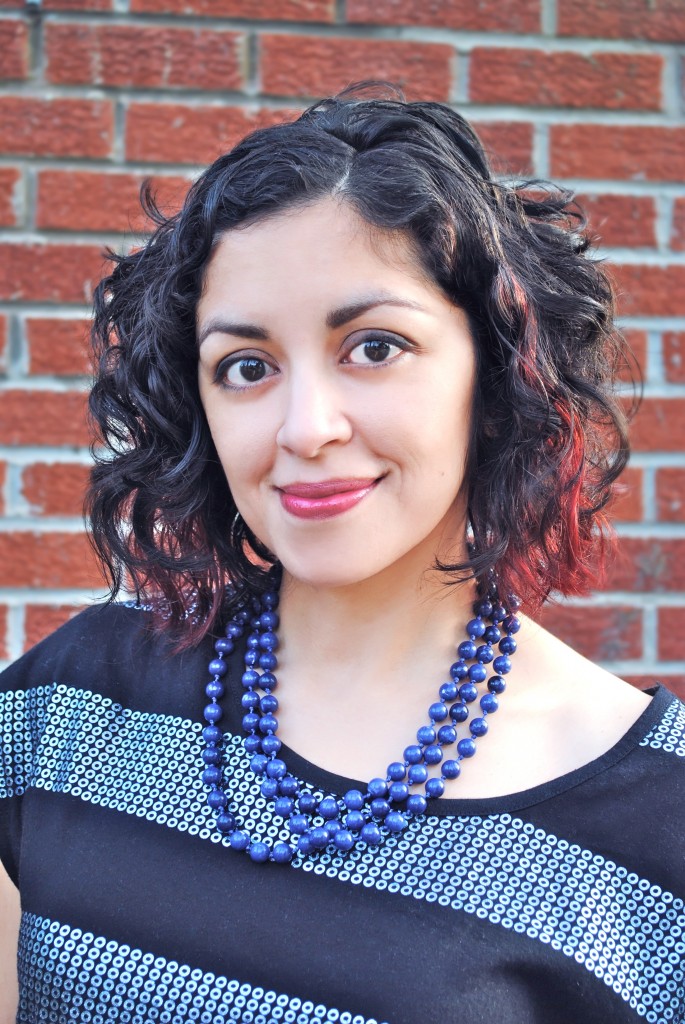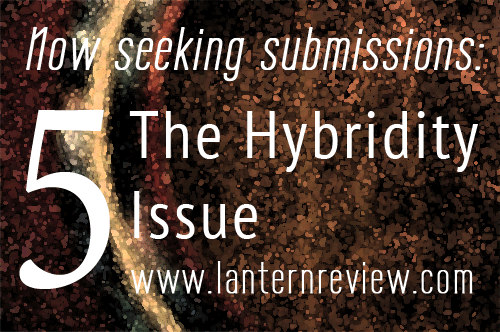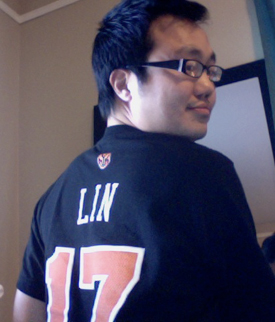
In celebration of APIA Heritage Month, we’re continuing our annual tradition of asking respected teachers and writers of Asian American poetry to share favorite writing exercises with us on successive Fridays during May. This week’s installment was contributed by Barbara Jane Reyes.
First, get that “I am APIA” identity poem, that “Yellow Power,” “Brown Power,” “Brown and Proud” poem out of your system. I wholeheartedly believe that we all need to write one (or two, or a few) of these at some point in our development as writers, especially in this American context, where we are described as “minority,” or “alien,” or worse things. Such mis-labelings are assaults upon our humanness. Now, oftentimes, as an initial phase of our political education, to defend ourselves against what we can rightfully view as attack—i.e. “what are you,” “you’re not from here,” “you don’t belong here”—we assume a defensive posture. We respond in defiance; we unleash the righteous anger.
Do not let go of that anger. Do not let anyone tell you that anger is not valid, not useful, not civilized, that it has no place in Poetry.
Salman Rushdie once said, “We are described into corners and then we must describe ourselves out of corners,” this little snippet of a quote that’s stayed with me for a long time.
Being described into corners is surely reason to be angry. And so how can we describe our way out of corners?
Minding the “Ethnic” “Artifact” in Our Work
“Artifact,” may not be the best word, because it implies stasis, but let’s go with this for now.
I am interested in the ways we describe ourselves into our own corners.
Something I recently blogged:
It’s not about the presence of the ethnic artifact in our work. It’s never been about the presence of the ethnic artifact in our work. It’s always been about what we are doing with the ethnic artifact, why and how we are doing what we are doing with the ethnic artifact.
What is the ethnic artifact in our work—not just objects (the Balul, the barrel man, and hanging on the wall of your parents’ home, above the Santo Niño on the altar, the gigantic narra wood spoon and fork, the gigantic narra wood tinikling dancers), but also language, food, customs, rituals.
Are you writing a grandmother/Lola poem because you feel like you have to? Why do you feel like you have to? What are you writing about your grandmother? How? Why? And are you handling her voice and narratives properly? Are you doing her voice and narratives justice? Are you exploring the complex layers of her voice and narratives, are you moving towards some insights you hadn’t previously considered, about her as a woman, a mother, a wife, her attitudes, her awareness, her agency? Her ambivalences? Her faith, her sadness, her will? Her humanity? Her testimony?
Is she telling the “truth”? Is she “lying”? Is she “omitting”? What and why?
And as you are engaged in this hard work, are you minding the borders of sentimentality? How close are you? Or are you rehashing everyone else’s Lola story, not digging deep enough, or are you going full maudlin, effectively turning her into a stereotype? Or are you sticking to the expected abstracts, Lolas as martyr, Lola as survivor (Of what? How? What are some ethical and moral questions we can employ here, as we discuss her agency?), Lola as symbol of strength, Lola as embodiment of tradition, Lola as symbol of generosity, love for Lola as expression of cultural pride?
You are not doing your Lola justice by resorting to the sentimental, generic, the hackneyed, overused trope. Your writing is objectifying your Lola.
So then, it has to do with the kind of hard work we are willing and able to do as writers, crafting narratives that flesh out the humanity of a character or persona in all its awesome contradiction and intricacy, versus churning out a fast, cheap, and easy McStory or McPoem … as a way of placating our constituents. The hard work is in the language—precision, specificity, and it is in how deep you dig into your own imagination (yes, imagine that, using our imagination), how much you can challenge and push your own imagination, as you listen to her tell her own story, or challenge and push your own memory. What other hard questions are we asking ourselves to push these narratives further, into something well considered, carefully crafted, original, interesting, specific?
What is at stake? What are the larger implications of the narrative?
So then, this is not a strict “prompt,” but rather, some lines of questioning I hope are helpful in unraveling the “ethnic” space we occupy, in many cases, with ambivalence. By all means, write about your families. Write your family histories. Write your family recipes. But be mindful of your lenses. Home in, scale back, position yourself at different angles. How are you looking?
* * *
Barbara Jane Reyes is the author of Diwata (BOA Editions, Ltd., 2010), winner of the Global Filipino Literary Award for Poetry and a finalist for the California Book Award. She was born in Manila, Philippines, raised in the San Francisco Bay Area, and is the author of two previous collections of poetry, Gravities of Center (Arkipelago Books, 2003) and Poeta en San Francisco (Tinfish Press, 2005), which received the James Laughlin Award of the Academy of American Poets. She is also the author of the chapbooks Easter Sunday (Ypolita Press, 2008) Cherry (Portable Press at Yo-Yo Labs, 2008), and For the City that Nearly Broke Me (Aztlan Libre Press, 2012).
An Andrew W. Mellon Foundation Fellow, she received her B.A. in Ethnic Studies at U.C. Berkeley and her M.F.A. at San Francisco State University. She is an adjunct professor at University of San Francisco’s Yuchengco Philippine Studies Program, where she teaches Filipino/a Literature in Diaspora, and Filipina Lives and Voices in Literature. She has also taught Filipino American Literature at San Francisco State University, and graduate poetry workshop at Mills College, and currently serves on the board of Philippine American Writers and Artists (PAWA). She lives with her husband, poet Oscar Bermeo, in Oakland, where she is co-editor of Doveglion Press.





